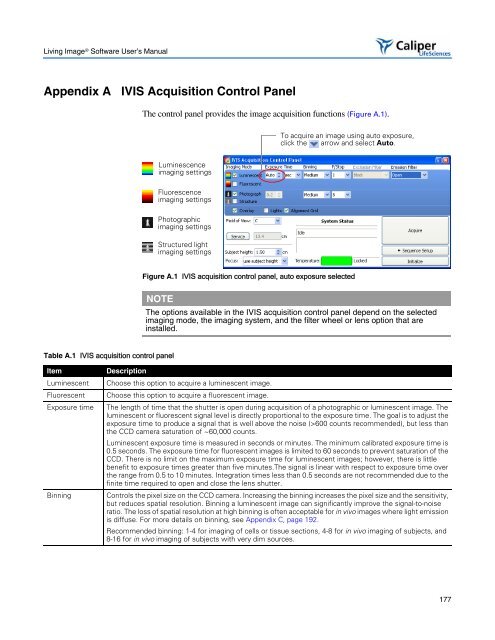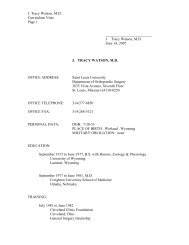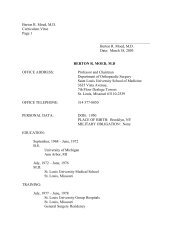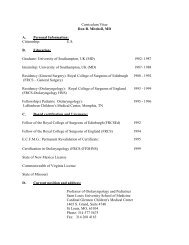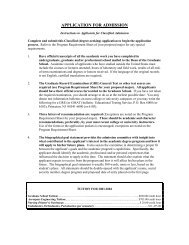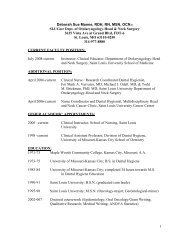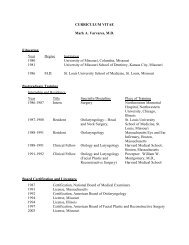Living Image 3.1
Living Image 3.1
Living Image 3.1
Create successful ePaper yourself
Turn your PDF publications into a flip-book with our unique Google optimized e-Paper software.
<strong>Living</strong> <strong>Image</strong> ® Software User’s Manual<br />
Appendix A IVIS Acquisition Control Panel<br />
The control panel provides the image acquisition functions (Figure A.1).<br />
Luminescence<br />
imaging settings<br />
Fluorescence<br />
imaging settings<br />
Photographic<br />
imaging settings<br />
Structured light<br />
imaging settings<br />
Figure A.1 IVIS acquisition control panel, auto exposure selected<br />
NOTE<br />
Table A.1 IVIS acquisition control panel<br />
To acquire an image using auto exposure,<br />
click the arrow and select Auto.<br />
The options available in the IVIS acquisition control panel depend on the selected<br />
imaging mode, the imaging system, and the filter wheel or lens option that are<br />
installed.<br />
Item Description<br />
Luminescent Choose this option to acquire a luminescent image.<br />
Fluorescent Choose this option to acquire a fluorescent image.<br />
Exposure time The length of time that the shutter is open during acquisition of a photographic or luminescent image. The<br />
luminescent or fluorescent signal level is directly proportional to the exposure time. The goal is to adjust the<br />
exposure time to produce a signal that is well above the noise (>600 counts recommended), but less than<br />
the CCD camera saturation of ~60,000 counts.<br />
Luminescent exposure time is measured in seconds or minutes. The minimum calibrated exposure time is<br />
0.5 seconds. The exposure time for fluorescent images is limited to 60 seconds to prevent saturation of the<br />
CCD. There is no limit on the maximum exposure time for luminescent images; however, there is little<br />
benefit to exposure times greater than five minutes.The signal is linear with respect to exposure time over<br />
the range from 0.5 to 10 minutes. Integration times less than 0.5 seconds are not recommended due to the<br />
finite time required to open and close the lens shutter.<br />
Binning Controls the pixel size on the CCD camera. Increasing the binning increases the pixel size and the sensitivity,<br />
but reduces spatial resolution. Binning a luminescent image can significantly improve the signal-to-noise<br />
ratio. The loss of spatial resolution at high binning is often acceptable for in vivo images where light emission<br />
is diffuse. For more details on binning, see Appendix C, page 192.<br />
Recommended binning: 1-4 for imaging of cells or tissue sections, 4-8 for in vivo imaging of subjects, and<br />
8-16 for in vivo imaging of subjects with very dim sources.<br />
177


